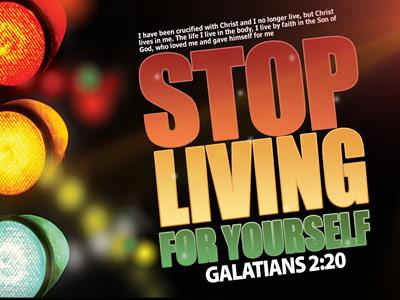-
What Do We Owe - To Whom?
Contributed by Michael B. Perrott on Nov 28, 2017 (message contributor)
Summary: Jesus outwits those that would trick him, and affirms we’re all God’s children, created in God’s own image
Sermon outline Matt 22:15-22
1. What’s this encounter all about? Like in the best murder mysteries of A. Christie’s Poirot, we need to apply the ‘little grey cells’ to fully understand what’s going on and, most importantly, what it means for us today.
2. First of all, work through the story. Jesus is approached by some Pharisees and members of Herod’s party. ‘Smell a rat!’ Like us as trying to be a fair and good politician, being approached by David Cameron and Gordon Brown ‘all smiles and best of friends’, all ‘buddy-buddy’ and saying to us, (v16b). Would we ‘smell a rat?’ Pharisees and Herodians worst of enemies (Like most conservative of Tory Party and most Socialist of Labour Party). What are they doing planning & scheming together? Planning Jesus’ demise! Our mystery thickens!
3. “What do you think”, they ask, “is it against our Law to pay taxes to the Roman Emperor, or not?” The question is a trick question (A No-Win situation Pharisees believed no; Herodians believed yes – either way Jesus would be forced to side with one or the other) Jesus sees through their plan to trick him in the question they ask – calls them ‘hypocrites’ (meaning ‘actors’).
4. Jesus’ response – ‘Show me a coin used for paying the taxes’. Now, we need to apply our little grey cells once again answering the question, what coin would this be? Any ideas?
5. A Denarius. Here’s some (slide). Denarius = a silver coin, day’s wages for labourer. Like our coins, different designs on them through time. But at Jesus’ time, Tiberius Caesar was emperor, so …
6. Here’s the Denarius coin (slide) that Jesus would have expected to see – and did see. Note Latin inscription: ”Tiberius Caesar, Son of the divine Augustus and Augustus”. Romans claimed divinity for their emperors. “Whose face and name are these?” Jesus asks. The emperor’s (Caesar’s) they answer.
7. Before we go on, anything strange about either the Pharisees or Herodians having this coin ion their pocket / pouch? 2nd of 10 Commandments: 8”Do not make yourselves images of anything in heaven or on earth or in the water under the earth. Do not bow down to any idol or worship it for I am the Lord your God and I tolerate no rivals.” What are the Pharisees / Herodians (‘good Jewish people’) doing carrying around an image – and of the emperor, considered to be a god!?
8. It was against the Jewish Law to make, own, carry images – of anything in creation. So it would be against the Jewish Law to carry / use this coin. What coin did the Jews use then? Coins without ’graven images’
9. Remember money changers in the Temple? Changing Roman coin to Jewish coin to pay for sacrifices in Temple – couldn’t use Roman coin. Changing money with high commission, ‘robbing’ the people, which angered Jesus. (Lucky we can take any coin – or notes – in our collection!)
10. Let’s get back to Jesus’ encounter with the Pharisees / Herodians. Remember, the trick question is, “Is it against our Law to pay taxes to the Roman Emperor, or not?” Jesus replies, ‘Show me a coin used for paying the taxes’ and it’s a Denarius, which it was against their Law to carry “Whose face and name are these?” Jesus asks. The emperor’s (Caesar’s) they answer.
11. Now comes Jesus’ closing response, the response that sends those that would trick him away with their tail between their legs, amazed, speechless, and no doubt with food for thought. Jesus says, “Pay the emperor what is due to the emperor, and pay God what is due to God.”
12. Notice that Jesus doesn’t answer their question about paying (or not paying) taxes. In Jesus’ response he’s saying, in so many words, “Give the emperor what is due to the emperor, and Give God what is due to God- based on the image you see in front of you.
13. We are close to unravelling this mystery now, about what this encounter is all about, and what it means for us today. Let’s imagine Poirot, saying that everything- understanding the mystery, Jesus’ response, and the reaction of those that failed to trick him- hinges on one last clue.
14. In Gk, face [= ‘ikon’] = ‘image’. Remember Jesus’ question: “Whose face and name are these.” FACE = image.
15. When we look at one another, when we look at any human being, when we look at ourselves in a mirror, whose image do we see? Depends on who we’re looking at? Remember that, deep down, at a level, a depth of being, every human being is created in the image of God. “God created humankind in his image, in the image of God he created them, male and female he created them. God blessed them.” (Genesis 1:27-28a). When we see one another, any human being, ourselves in a mirror, in some deeply spiritual way, we see the image of God.

 Sermon Central
Sermon Central



